Creating communities through commercial spaces
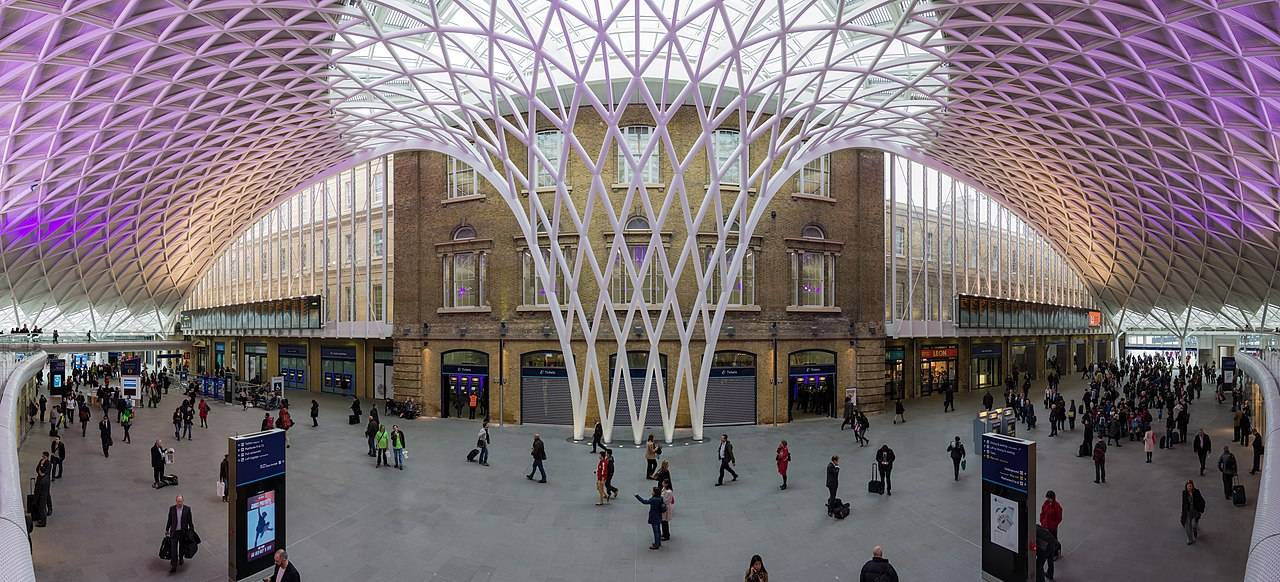
Commercial spaces, from the humble sari-sari store to the grandiose shopping center are the backbone of many residential communities.While our homes serve as areas where we can rest and recharge, commercial spaces are where we usually interact with others, stock up on our essentials and even earn our livelihood.
The word “commercial” has become an umbrella term encompassing retail, office and industrial spaces. Placed in a mixed-use setting, they add vibrancy and flexibility to areas which already serve a huge group of people. Beyond creating local economies, these places act similar to magnetic fields that bring about neighbors doing typical daily errands.
Not all commercial spaces, however, are created equal. Some are more successful than others in bringing people together and serving as the character that completes neighborhoods.
Let’s take a look at some of the most exceptional commercial spaces across the world and how they have become vital in creating and enhancing communities.
King’s Cross London
Known to Harry Potter fans as the location of the fictional “Platform 9 ¾,” King’s Cross is actually an existing cultural and commercial hub that can be found in London.
Once a derelict industrial district known to harbor prostitution and drugs, the area was revamped in the 1990s. Improved rail services and bus lines helped support the rise of cultural establishments, retail shops and residential buildings in the area.
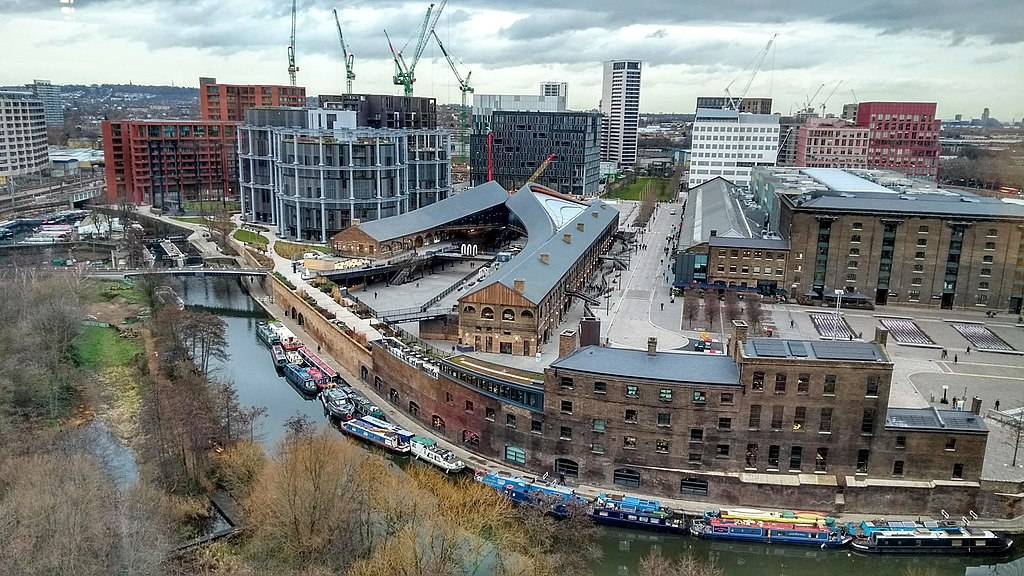
It became quite a success story that the area is now home to big names such as Google, University of the Arts London, The Guardian newspaper and the London Sinfonietta.
Despite its modernization, the district has managed to preserve many of its heritage structures such as the King’s Cross Station, the Gasholders (converted into apartments), and the Great Northern Hotel. It was the recipient of the EU Prize for Cultural Heritage/ Europa Nostra Award of 2013.
Hudson Yards of New York City
Described by its official website as “Tomorrow’s City Today,” Hudson Yards NYC is a newly built mixed-use estate situated in New York City’s Manhattan West Side.
Occupying a total of 28 acres, the development was designed by a private real estate group that only rivals Rockefeller Center in terms of magnitude. With its first phase opened to the public in 2019, only time can tell what lies in store for the future of this great project in one of America’s busiest cities.
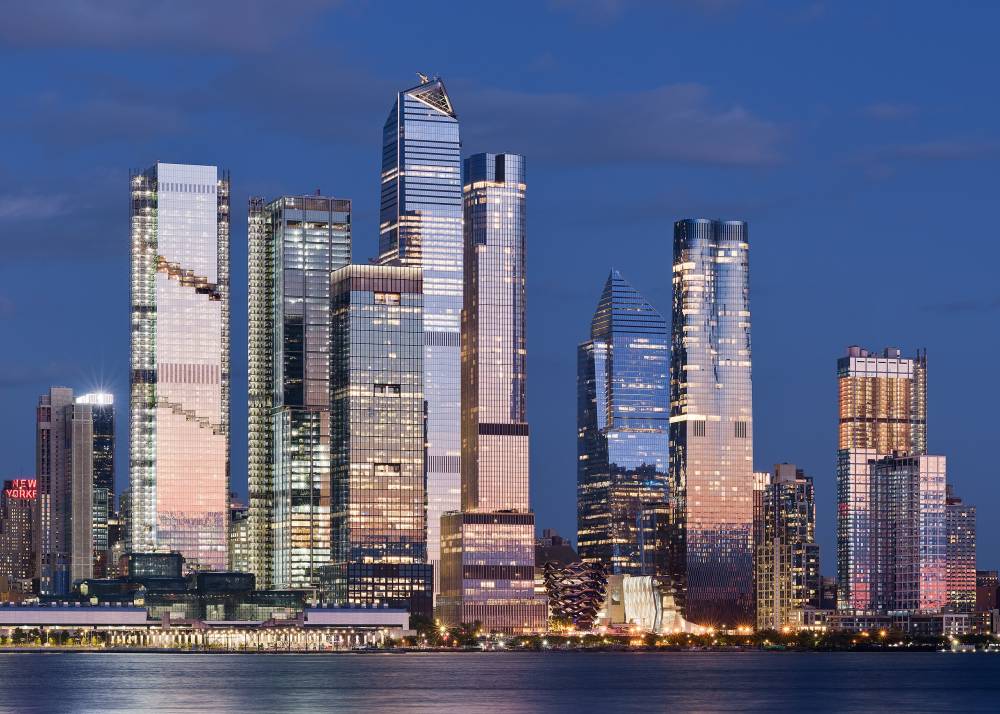
Nevertheless, the plans and figures touted for this project are nothing short of grand. It is projected that the whole estate will contribute approximately $19 billion to New York City’s annual GDP. It is also considered a model of “smart cities” that will use technology to manage urban activities.
Hudson Yards currently runs eight operating structures which include residential and commercial high rise buildings, public gardens, a shopping mall and the Shed Cultural Center. Additional facilities for office, residential, retail and even educational purposes are targeted to be completed in 2025.
Pearl District of Portland
Once the site of industrial structures, the Pearl District of Portland, Oregon is now the home of numerous art galleries, residences and retail shops.
It was reclassified into mixed-use from industrial in the 1980s and was once dubbed the “Art Mecca of Portland.” Despite its industrial origins, the district has several natural parks and green spaces which make it a lovely, walkable place to live in. Tanner Springs Park, Jamison Square and the Fields Park are just some of the public parks where one can hang out to enjoy the outdoors in an urban setting.
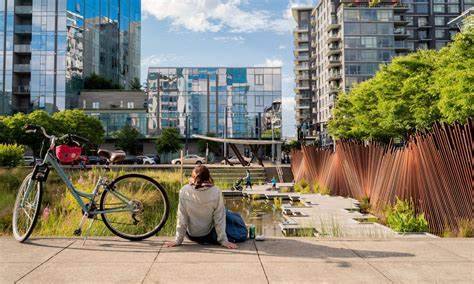
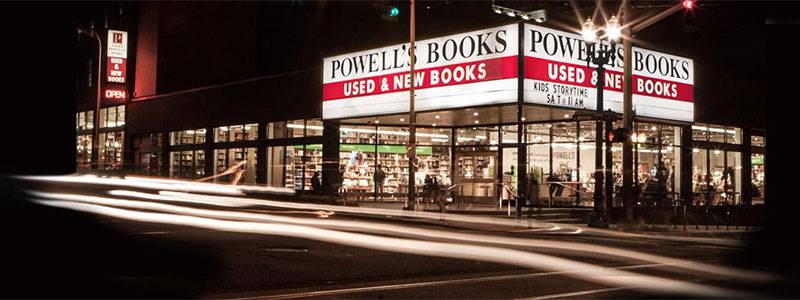
Some interesting places to visit in the area are the Powell’s City of Books, Oblation Paper & Press, Portland Center Stage and the Brewery Blocks which are central to the area’s nightlife. With its cobblestone streets and existing loading docks, this area successfully pays homage to its industrial roots while providing avenues to create exciting opportunities for the future.
Beyond commerce
While commercial centers are primarily conceived to make money, many existing ones today do more than generate income. Like Powell’s City of Books in the Pearl District and the King’s Cross Station in London, these areas have become iconic landmarks representing rich histories.
In mixed-use estates, commercial areas establish character and serve as anchor centers. They don’t just sell our needs; they eventually evolve into places which we can identify with. They bring visitors in and help residents to stay by offering livelihood opportunities and supporting community relations.
Commercial centers are vital in completing a neighborhood and ensuring its survival for the long run. By providing these areas in mixed-use estates, developers are creating a place for people to thrive and enjoy relationships that will bond them to their chosen communities.
Sources:
Crookesmoor, Colin, and King of Hearts via Wikimedia Commons; https://presentations.thebestinheritage.com; https://www.architecturaldigest.com; https://www.travelportland.com
A Filipino architect who has a Master's Degree in Interior Design of Commercial Spaces from IED Barcelona, Spain and with twelve years' worth of experience under the tutelage of Filipino architectural firms.
















